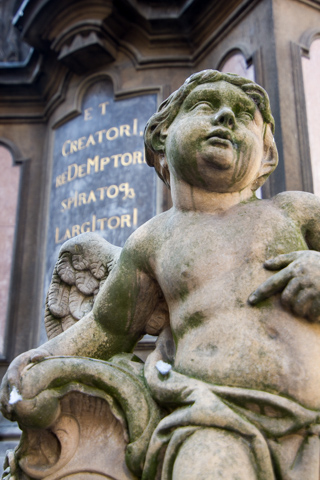
Outside the church is a fountain with cute little angles surrounding the water.

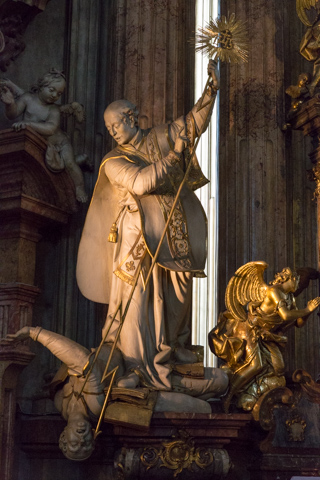
During the second World War Czech army units stationed at St. Nicholas were set to work restoring the church, working alongside professional artists.
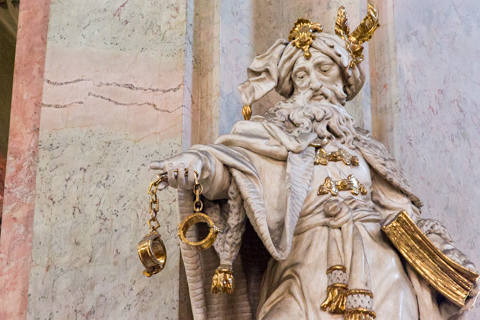
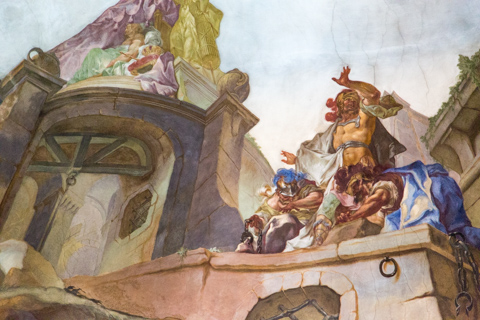

Unique paintings can be seen on the second floor walls surrounding the courtyard.
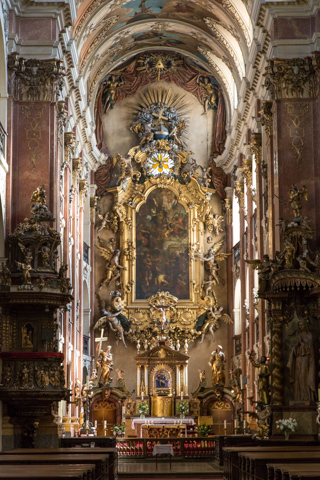
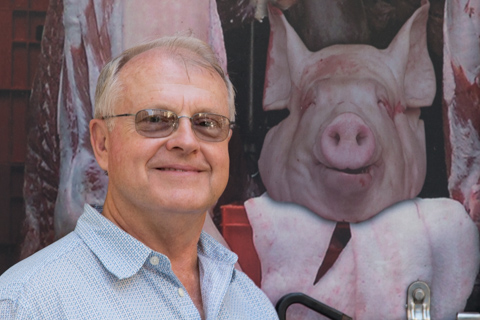
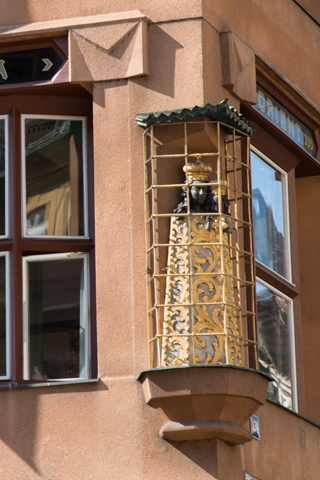

Construction of the present church began in the 14th century in the late Gothic style. By the beginning of the 15th century construction was almost complete.
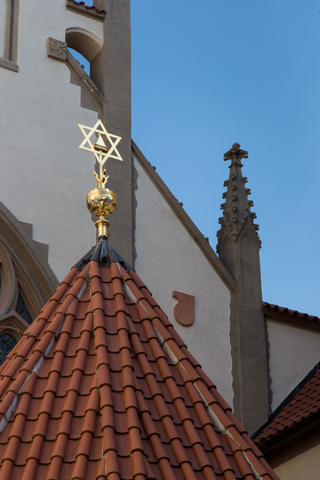
The Maisel Synagogue was erected in 1592 on the basis of a privilege granted by Emperor Rudolf II. Its founder was Mordecai Maisel, the Mayor of the Prague Jewish Town.
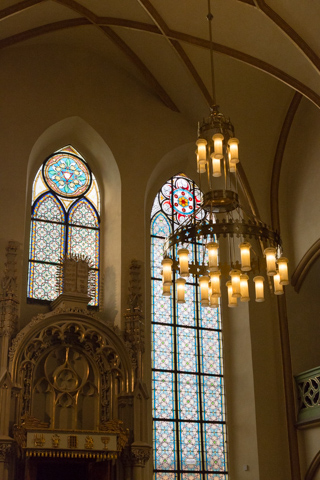
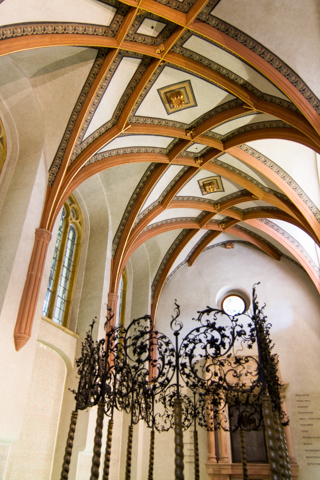
It is the second oldest surviving synagogue in Prague.

the reticulated vault is made in the late Gothic style but its ornaments have Renaissance features and the portal is pure Renaissance.


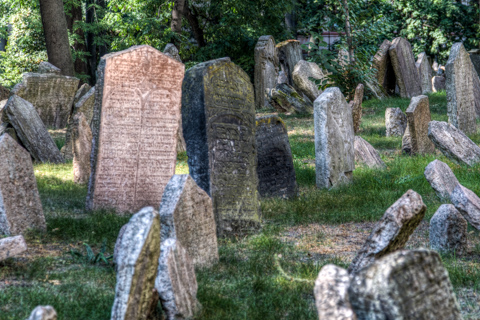
There is very little space and by adding new dirt there are as many as 12 layers of burial.
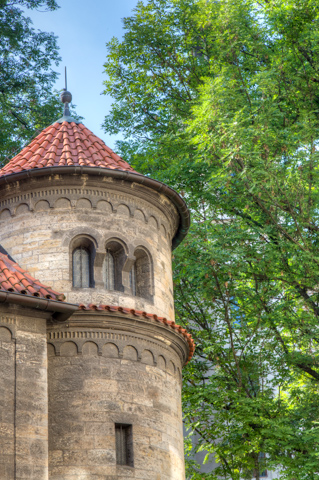

An unusual feature found in the nave of this synagogue is a large red flag near the west pillar. In the center of the flag is a Star of David and in the center of the star is a hat in the style typically worn by Jews of the 15th century. Both the hat and star are stitched in gold. Ferdinand III, Holy Roman Emperor awarded the Jewish community their own banner in recognition for their services in the defence of Prague during the Thirty Years War.
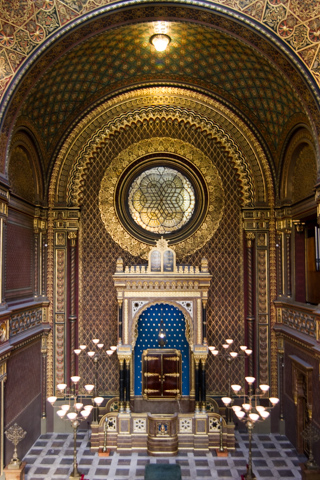
The name, Spanish Synagogue, may refer to the style in which it was built, Moorish Revival style.
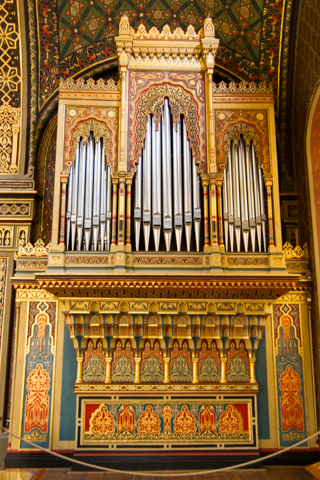
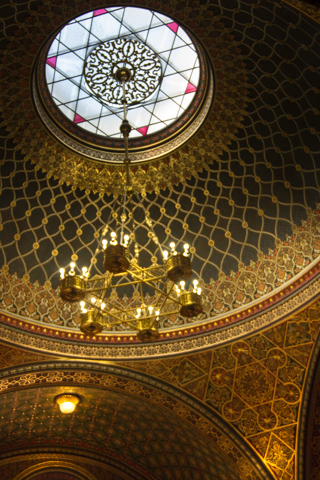

In 1393, St. John of Nepomuk was thrown from the bridge into the river where he drowned. In modern times it has become traditional to touch the bridge at this location as it is believed to bring good fortune and to ensure that the visitor will return to the city of Prague.
